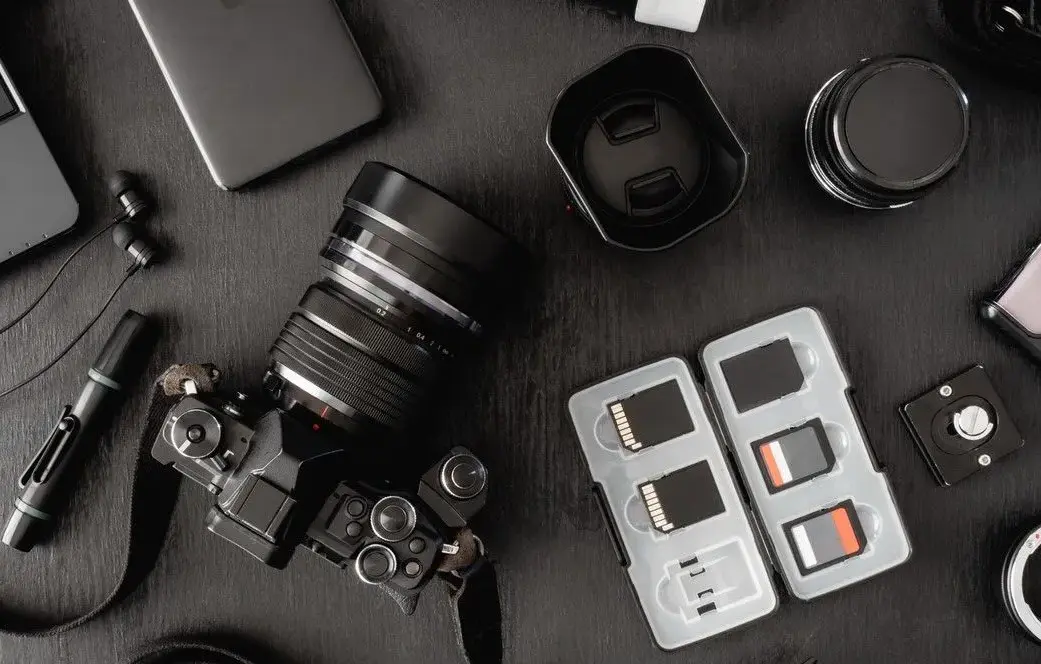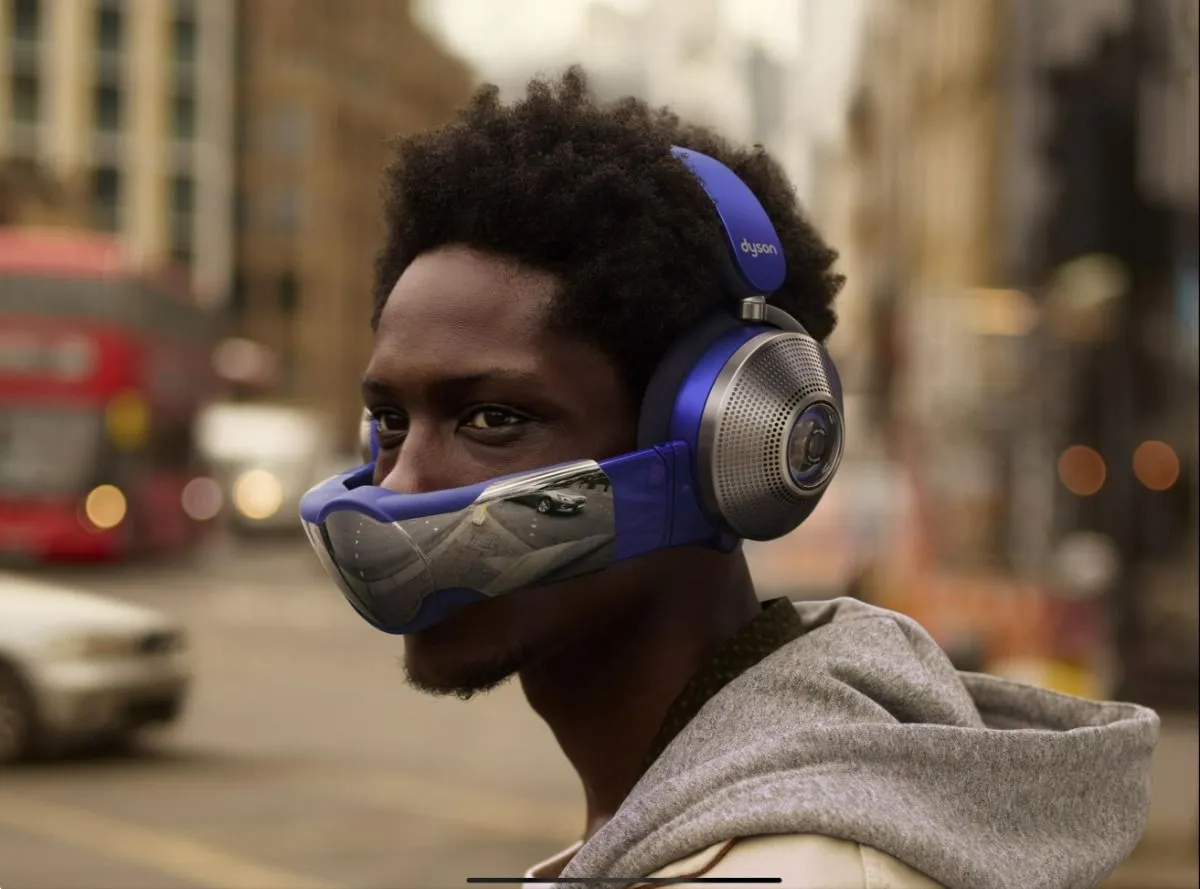HOME
Best VR Headset: What to Know Before You Strap In
April 23, 2025

Virtual reality isn’t some far-off sci-fi fantasy anymore. It’s here, in your living room, on your desk, and increasingly, in your day-to-day life. Whether you're deep into gaming, experimenting with virtual productivity tools, or just curious about what the metaverse actually feels like, you want the best vr headset that can take you where you want to go.
But choosing the best VR headset is not as straightforward as it might seem. Do you want something wireless and portable? Something with high-end tracking and graphics for competitive gaming? Or maybe you're after a well-rounded option that balances comfort, price, and performance. And let’s be real, headsets aren’t cheap, so getting it right the first time matters.
From standalone devices to PC-tethered powerhouses, the VR market has grown fast and not all headsets are created equal. Specs matter. Ecosystems matter. And for some users, weight and comfort matter even more than refresh rate.
This review writing breaks down the top contenders in the game right now, with real pros, honest drawbacks, and who each headset is best suited for. If you're on the hunt for the best VR headset, you're in the right place to start not with hype, but with clarity.
Quick Look: Specs, Strengths, Limitations
- Meta Quest 3: Wireless Freedom Meets Mixed Reality
- PlayStation VR2: Console Gaming Meets High-End VR
- Pico 4: A Lighter, Affordable Alternative to Meta
- HP Reverb G2: Crystal-Clear Visuals for Simulation Junkies
- Valve Index: Precision and Power for Serious VR Enthusiasts
- Not Just the Best VR Headset. The Best One for You
Meta Quest 3: Wireless Freedom Meets Mixed Reality
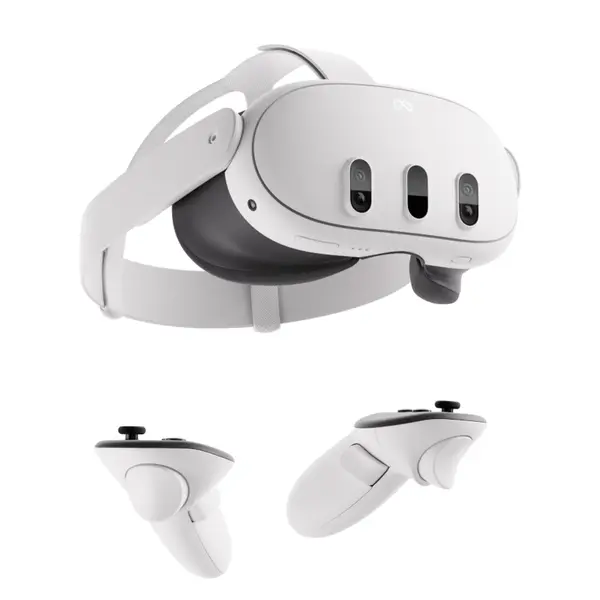
The Meta Quest 3 isn’t just the successor to the wildly successful Quest 2. It’s a significant leap forward in what standalone VR can be. With its slimmer profile, sharper visuals, and advanced mixed reality capabilities, it’s not just for gaming anymore. Whether you’re slicing beats, boxing in VR, or previewing your 3D modeling work, this headset feels like the most complete consumer-grade VR device yet.
Meta doubled down on comfort and clarity. The new pancake lenses are lighter, the head strap is better balanced, and the full-color passthrough lets you integrate virtual and physical spaces more seamlessly than ever before. It’s still wireless, still self-contained, and still surprisingly affordable for what it offers.
- 🕹️ 4K+ resolution with improved contrast and lens sharpness
- 🪶 Lighter, more ergonomic build than previous models
- 🌐 Full-color passthrough for mixed reality apps and real-world awareness
- 🎧 Enhanced spatial audio and hand tracking
- 💾 Snapdragon XR2 Gen 2 chip for smoother performance
- 📦 128GB or 512GB storage options
- No PC or external sensors required
- Massive content library via Meta Store
- Plays PC VR titles via Air Link or cable
- Best all-around pick for newcomers and casual users alike
- Solid balance of performance, price, and comfort
- Short battery life (~2–3 hours per charge)
- Requires a Meta account
- Still lacks “pro” features like eye tracking or OLED panels
If you're looking for the best VR headset that doesn't tie you to a PC but still delivers immersive, high-quality experiences across games, fitness, and mixed reality, the Meta Quest 3 is a safe, smart, and surprisingly flexible pick.
BUY 🛒
PlayStation VR2: Console Gaming Meets High-End VR
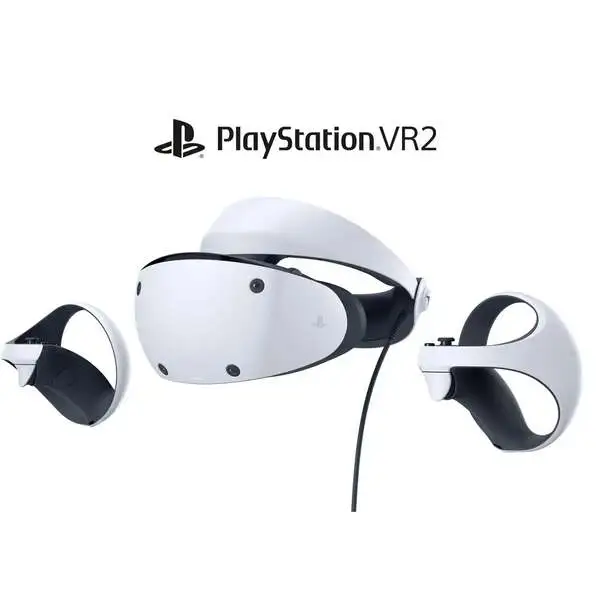
If you already own a PlayStation 5 and you're ready to step into virtual reality without diving into the complexities of PC gaming, PlayStation VR2 is about as plug-and-play as high-end VR gets. It brings together stunning OLED visuals, immersive haptics, and controller feedback that blurs the line between in-game action and real-world sensation.
What sets PS VR2 apart isn’t just the visuals or the tracking. It’s how well it’s optimized for PlayStation-exclusive experiences. Titles like Horizon: Call of the Mountain and Gran Turismo 7 VR showcase just how cinematic and immersive console VR can be. And while it’s tethered to the PS5, the single USB-C cable makes setup refreshingly simple.
- 2000 x 2040 resolution per eye with OLED HDR display
- 110° field of view and eye tracking
- Haptic feedback in both headset and Sense controllers
- Adaptive triggers and finger touch detection
- Single-cable connection to PS5 (no base stations)
- Built-in 3D audio
- Next-gen console VR with premium features
- Stunning visuals and motion clarity
- Strong library of exclusives and high-end titles
- Quick setup and no external sensors required
- Great balance of performance and accessibility
- Only works with PlayStation 5
- Limited backward compatibility with original PSVR titles
- Tethered experience, no standalone mode
- Smaller content library compared to PC or Meta ecosystem
If you're a console gamer searching for the best VR headset to pair with your PS5, this is the one. It’s polished, powerful, and brings AAA-level immersion to the living room without the fuss of PC specs and drivers.
BUY 🛒
Pico 4: A Lighter, Affordable Alternative to Meta
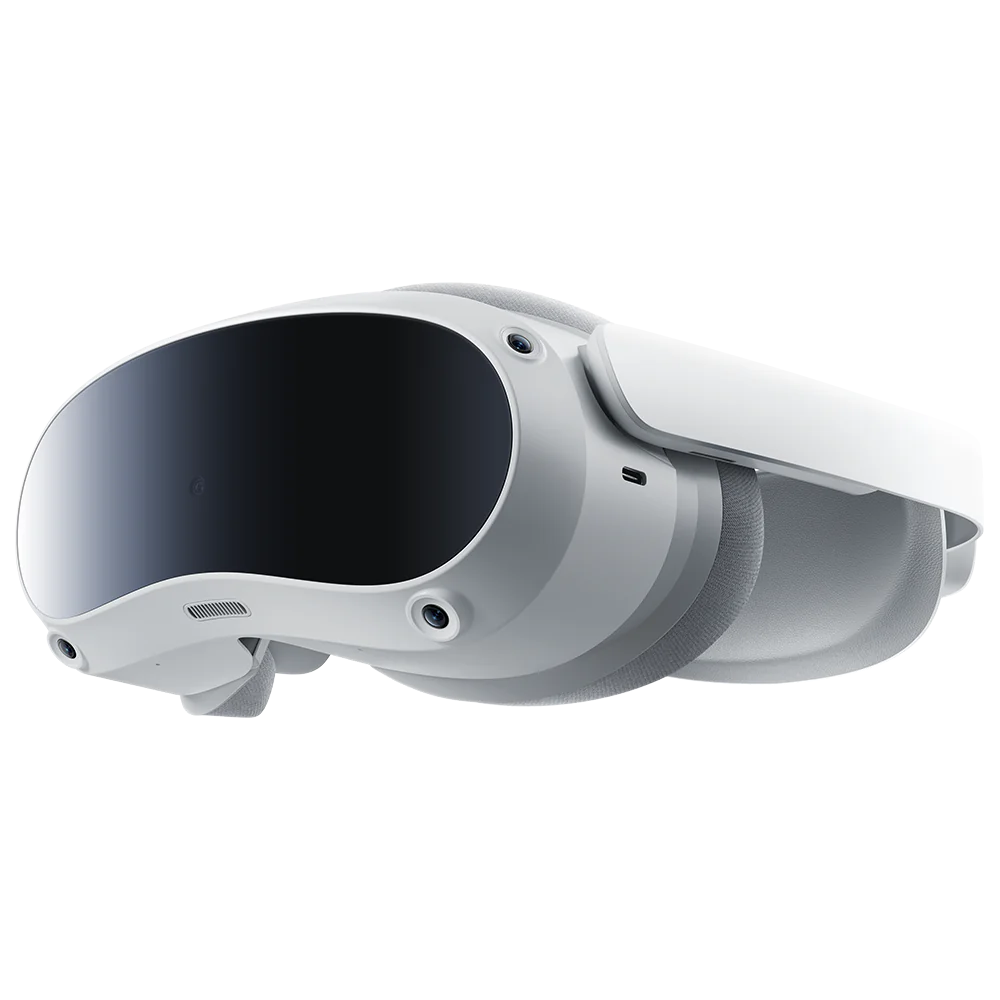
The Pico 4 isn’t as well-known in the U.S. as Meta’s line of headsets, but it’s making serious waves in Europe and Asia and for good reason. It’s sleek, surprisingly powerful, and totally wireless. For users who want a lightweight, standalone VR experience that doesn’t tie them to a big tech ecosystem, Pico 4 offers something refreshingly different.
With a slimmer front visor, pancake lenses, and a comfortable strap design, this headset is one of the lightest in its class. The visual clarity is impressive for its price, with a wide field of view and high pixel density. And while its app library isn’t as deep as Meta’s, the basics are all there: fitness apps, casual games, and social VR experiences.
- 2160 x 2160 per eye resolution
- Pancake lenses for slim form factor and better balance
- 105° field of view
- Qualcomm Snapdragon XR2 processor
- 128GB or 256GB storage options
- Inside-out tracking, no base stations required
- Very lightweight and comfortable for extended use
- High-resolution visuals with sharp clarity
- Standalone experience without the Meta ecosystem
- Great for fitness VR and social content
- Competitive pricing for its hardware level
- Smaller content library compared to Meta Quest
- Limited availability and support in the U.S.
- Fewer AAA games or exclusives
- Not optimized for PC VR out of the box
If you're outside the Meta bubble and looking for the best VR headset that’s wireless, sleek, and a bit under the radar, Pico 4 is a strong contender worth keeping an eye on. Especially as its ecosystem continues to grow.
BUY 🛒
HP Reverb G2: Crystal-Clear Visuals for Simulation Junkies
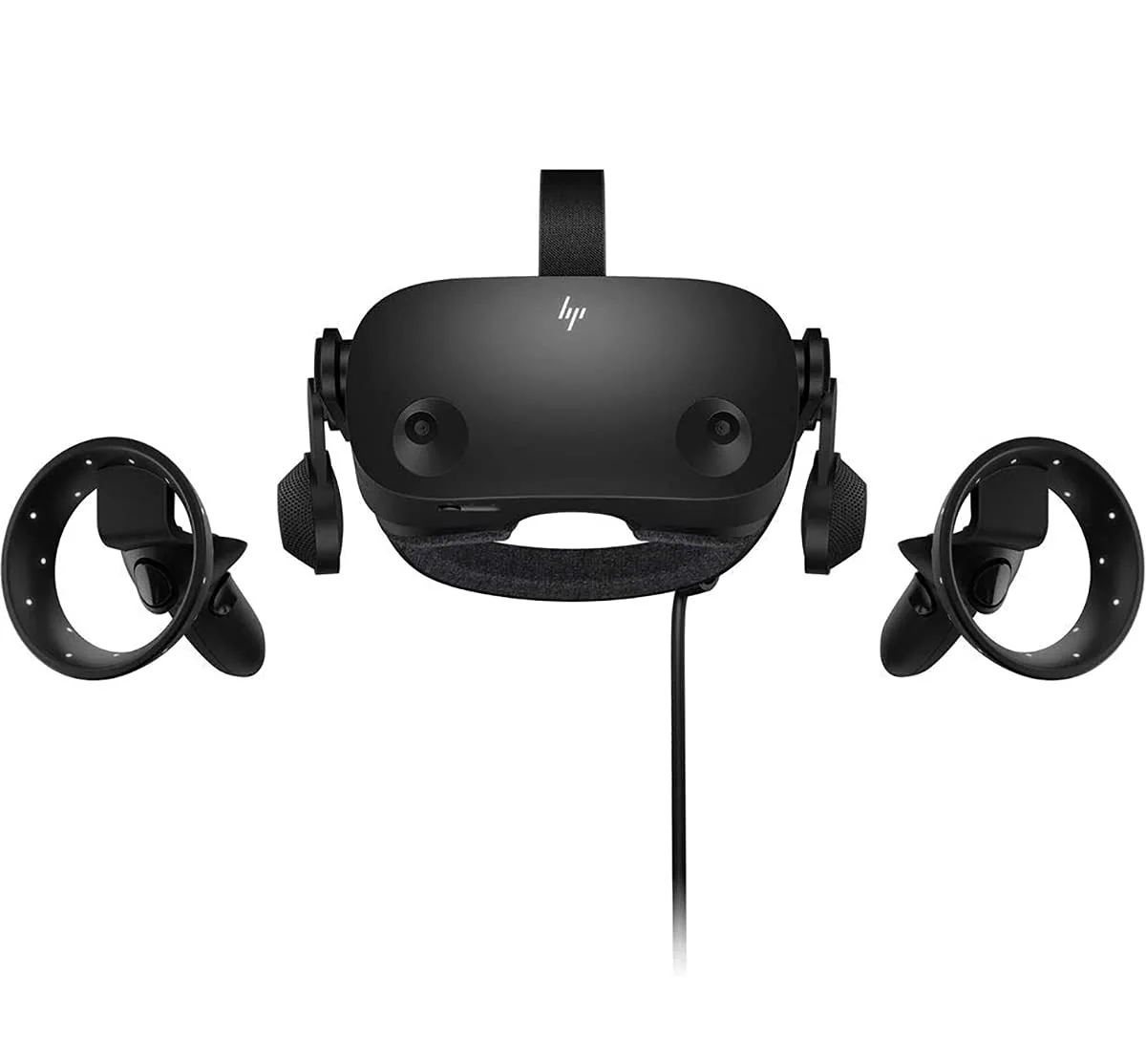
If you’re into flight sims, racing sims, or any VR experience where sharp visuals and fine detail make all the difference, the HP Reverb G2 should be on your radar. Developed in collaboration with Valve and Microsoft, it delivers one of the clearest images in consumer VR, with a resolution that puts many others to shame.
Unlike some headsets that try to do everything, the Reverb G2 focuses on what matters most to sim players: image fidelity and comfort during long sessions. The visuals are razor-sharp, and the lenses have been refined in the latest version for improved edge-to-edge clarity. The headset is lightweight and pairs well with seated playstyles, especially when paired with a good HOTAS or racing wheel setup.
- 2160 x 2160 per-eye LCD panels
- 90Hz refresh rate
- Inside-out tracking with 4 cameras
- Adjustable lenses and IPD slider
- Valve-designed speakers for spatial audio
- Compatible with Windows Mixed Reality and SteamVR
- Incredibly sharp visuals for high-detail games
- Comfortable design with cushioned facial interface
- Excellent sound quality via off-ear speakers
- Plug-and-play with most sim setups
- Often available at a lower price point than other PC VR headsets
- Tracking isn’t as precise as Index or Quest
- Controllers feel basic and slightly dated
- Tethered to a PC, no standalone mode
- Limited support outside of Windows-based ecosystems
If you're searching for the best VR headset for sim-heavy experiences like Microsoft Flight Simulator or iRacing, the HP Reverb G2 delivers clarity, comfort, and value in a way few others do.
BUY 🛒
Valve Index: Precision and Power for Serious VR Enthusiasts
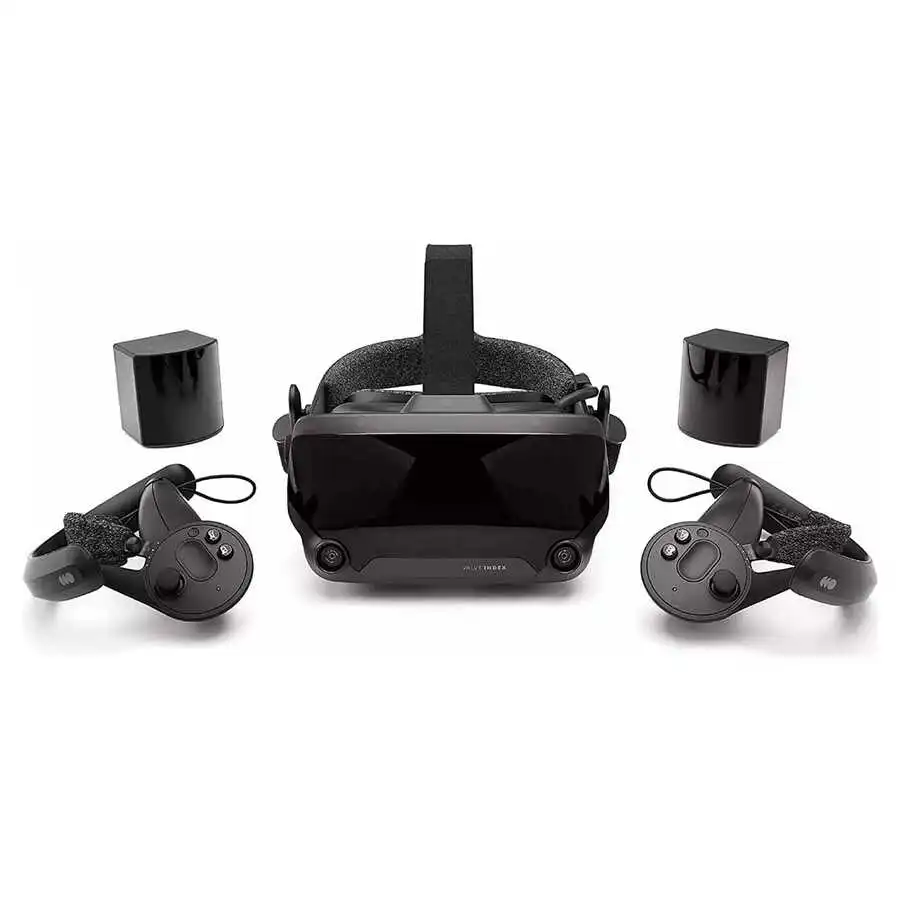
If you’re the kind of person who notices pixel spacing, cares about refresh rate more than resolution, and wants VR controllers that feel like extensions of your hands, the Valve Index is probably already on your radar. It’s not the most convenient headset, nor the cheapest, but when it comes to raw performance and immersive accuracy, it’s one of the best tools in the game.
The display isn’t OLED or ultra-high res, but it’s bright, sharp, and insanely smooth thanks to its 120Hz (and optional 144Hz) refresh rate. But the real stars here are the Index controllers. They track individual finger movements, making interactions feel more human than button-based. The audio is also a standout, with floating off-ear speakers that create spatial sound without pressing against your head.
- 1440 x 1600 per-eye resolution
- 120Hz default refresh rate, up to 144Hz experimental mode
- External SteamVR tracking base stations for precise movement
- Index “Knuckles” controllers with full finger tracking
- Wide field of view (up to ~130 degrees)
- Compatible with all SteamVR content
- Best-in-class tracking accuracy and input precision
- Extremely comfortable for long sessions
- Modular design makes it easy to repair or upgrade
- Seamless integration with SteamVR ecosystem
- Finger-tracking controllers offer unmatched interaction fidelity
- Requires external sensors and setup space
- Tethered to a powerful PC
- Higher price point for full kit
- Lacks built-in wireless or standalone functionality
For those who want the best VR headset for room-scale, ultra-responsive PC VR gaming and don’t mind cables or setup effort, Valve Index still earns its crown among enthusiasts.
BUY 🛒
Not Just the Best VR Headset. The Best One for You
With so many headsets out there, the right choice really comes down to who you are and what you want out of VR. The specs are important, sure but how you use the headset matters more.
If you're new to virtual reality and just want something fun, flexible, and easy to use right out of the box, the Meta Quest 3 is your safest bet. It’s wireless, affordable, and has a massive content library for gaming, fitness, and casual exploration.
More of a PC gamer or sim enthusiast? Go for the Valve Index or HP Reverb G2. The Index gives you elite-level tracking and finger-sensitive controllers, while the Reverb G2 delivers razor-sharp visuals. Especially great for flight and racing sims.
Console-only player with a PlayStation 5? The PS VR2 is hands-down your best match. It’s built for the system and takes full advantage of Sony’s hardware with stunning visuals and haptic immersion.
Looking for something lighter and a little outside the mainstream? The Pico 4 offers a sleek, wireless alternative to Meta with solid resolution and comfort at a competitive price ideal for casual gamers and social VR users.
Need a headset that doubles as a work tool or creative space? The Meta Quest Pro is made for professionals and developers who want top-tier mixed reality and eye tracking. It’s not cheap, but it’s future-facing.
Want a bit of everything, but you like structure? Our pick for the best VR headset for most people is still the Quest 3. But if you're the kind of user who knows exactly what you want; tracking precision, visual fidelity, or enterprise tools. There’s a perfect fit for you in this list. Wherever you’re headed in virtual space, make sure the headset you strap on takes you there your way.


